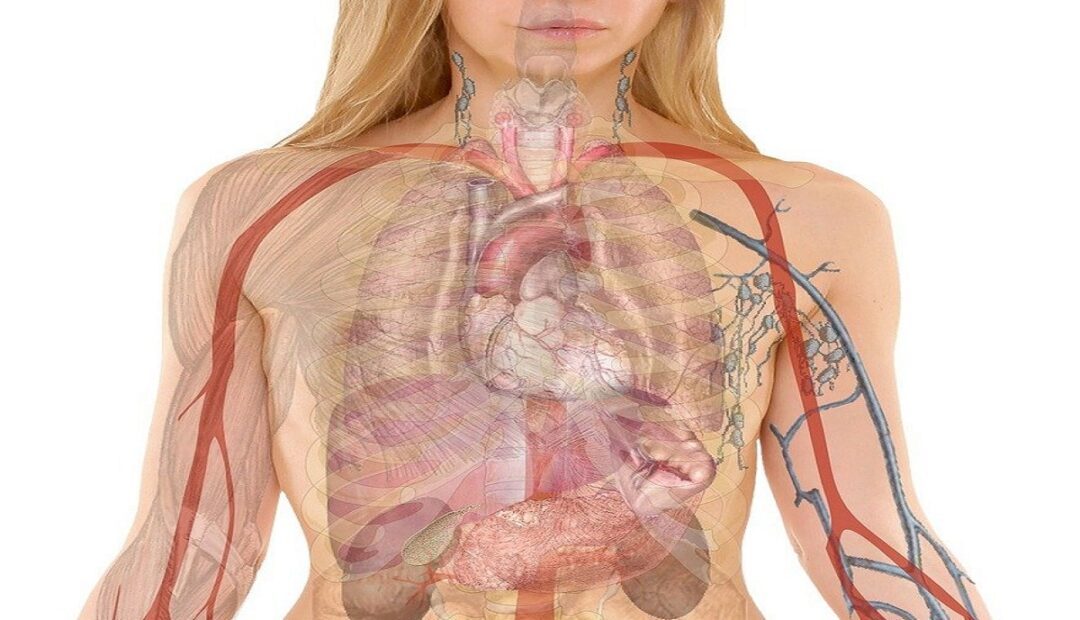ENVIRONMENTAL POLLUTION
POLLUTION Definition: Pollution is defined as the release of toxic or harmful substances into the environment by their natural forces or man and other animals to an extent that causes biological damage to man and his resources. In other words, pollution is the release of harmful substances into the environment, i.e., water, air and land […]
ENVIRONMENTAL POLLUTION Read More »
